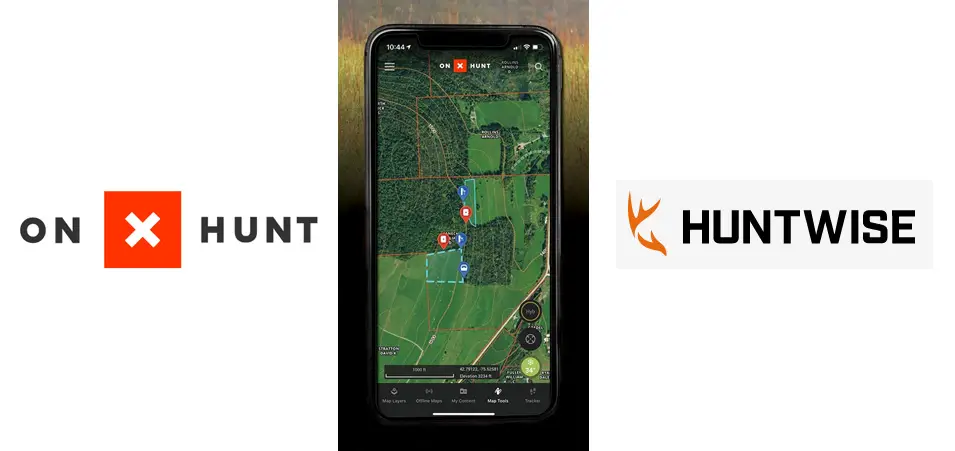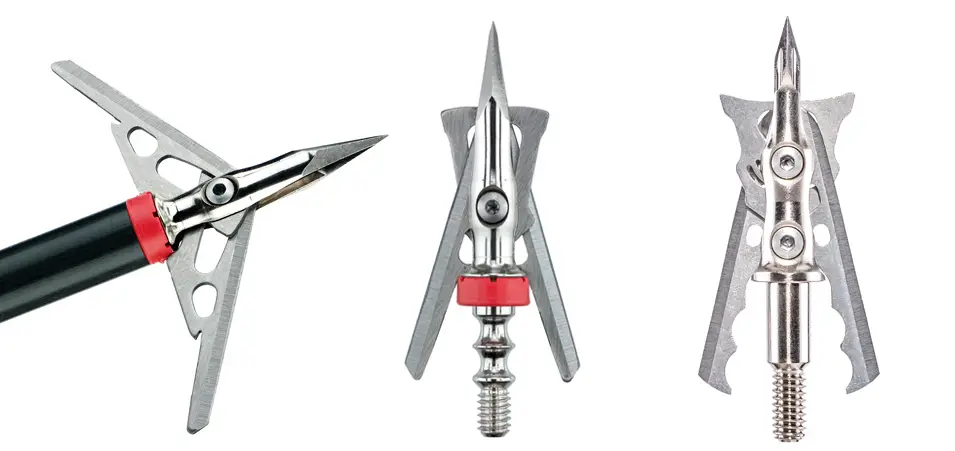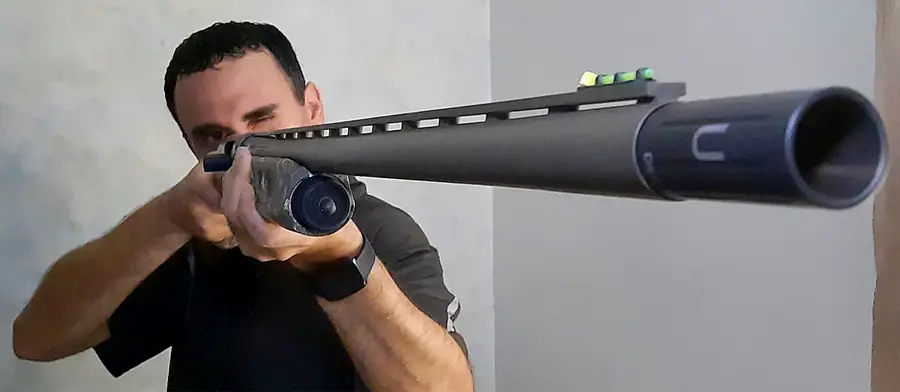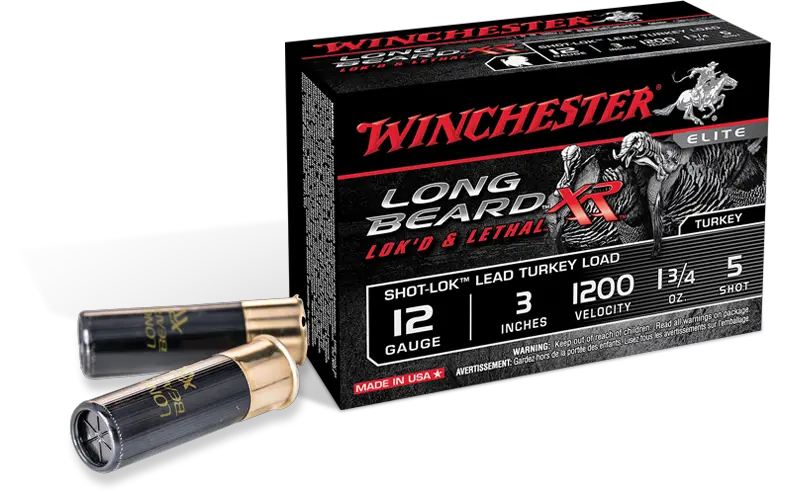Jump hunting ducks can be tons of fun, inexpensive, and a great way to use the middle of the day to bring home some birds. On this episode I share 7 keys for being more successful hunting ducks on foot.
Jump hunting is the practice of trying to sneak up on ducks to get “the jump” on them. It involves stealth with the intent to get into position and then ambush birds on the water or flush them and to shoot them out of the air.
Hunting ducks on foot dates back to the dawn of duck hunting. It is both challenging and effective and enables you to bring home ducks while requiring only minimal gear and time spent scouting.
Your goal is to get as close to the birds as possible before taking a shot, within 30 yards is the target. It is easy to underestimate the distance, in fact most people do. So, you must get closer than what seems necessary, especially since birds will instantly flush and move further away from you the moment you are detected.
Using terrain to close that distance is key, this will help you avoid being seen or heard by the ducks. Another key factor is wind. Wind creates noise and motion in the woods, masking you approach. Then if you move when the wind blows you can become nearly invisible.
When shooting at birds on the water you want a long-range range setup, ideally with a very tight choke tube and denser than steel shot. I like to use an extra full choke with bismuth shells. Steel can work just great at short to medium range but it loses a lot of power at long range. Bismuth retains energy further out enabling you to hit harder at range.
Similar to turkey hunting, your goal is to hit the ducks in the head and neck so you want a very tight pattern with a lot of pellets. Bismuth #4 shot is ideal. HEVI XII in #6 works even better but is much more expensive. Consider carrying a handful of high-grade shells and a tighter choke just for these kinds of hunts.
Note, you do not want to use actual turkey loads and chokes because then you will not be able to shoot birds when they flush. But that kind of setup can work ok shooting geese on the water or the ground due to their long neck.
Listen to the podcast episode for all of the tips.




